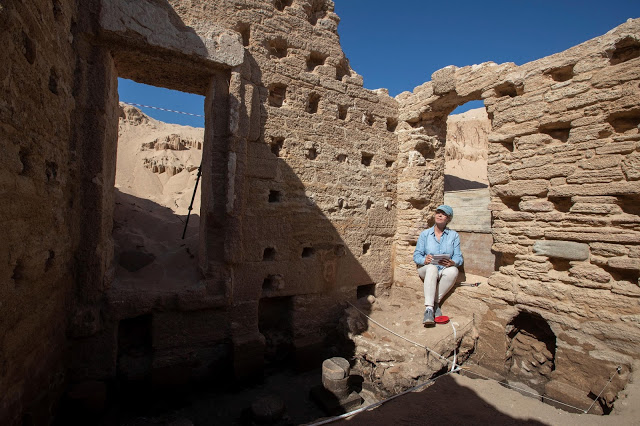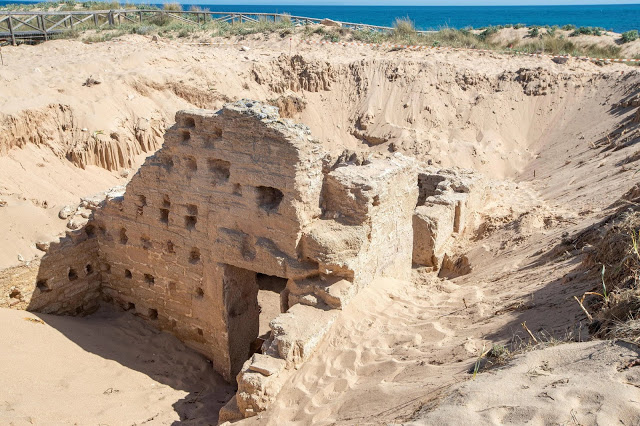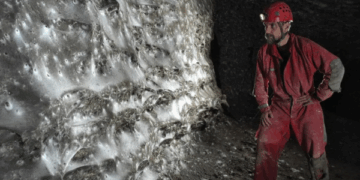From the sand dunes of southwest Spain’s famed Trafalgar Cape, extraordinary well-preserved Roman baths going back 2,000 years have appeared.

The four-meter tall building astonished archaeologists at the University of Cádiz as well as villagers who had been walking over the dunes for years, unaware of the historical treasure hidden beneath the sand.
YOU MAY ALSO LIKE: 1.5-Million-Year-Old Human Remains Point to Two Waves Out of Africa
“It is a building in remarkable form for the Iberian Peninsula and the western Mediterranean in general,” Daro Bernal, an archaeological professor at the University of Cádiz, told EFE.
The baths uncovered in Cádiz have whole walls, windows, and doors, unlike other Roman discoveries in Spain, which consist of considerably shorter vestiges of building foundations.

The facility, according to Bernal and his crew, was a sophisticated rural bath complex with an oven-fueled hot air current that warmed the walls and floors.
It was most likely used as a community hot bath for local employees, many of whom were employed in odorous coastal professions such as fish farming and salting.
Bernal’s team initially thought they had found a fish or crustacean farm that had formerly been exposed to the sea.
YOU MAY ALSO LIKE: 1.5-Million-Year-Old Human Remains Point to Two Waves Out of Africa
These buildings, built by the Romans in Andalusia and Morocco, are presently the subject of an archaeological inquiry into early farming and the local fishing economy.
Baelo Claudia, a nearby old Roman town near Tarifa, was known for its pickled fish sauce, which was distributed throughout the kingdom.




















